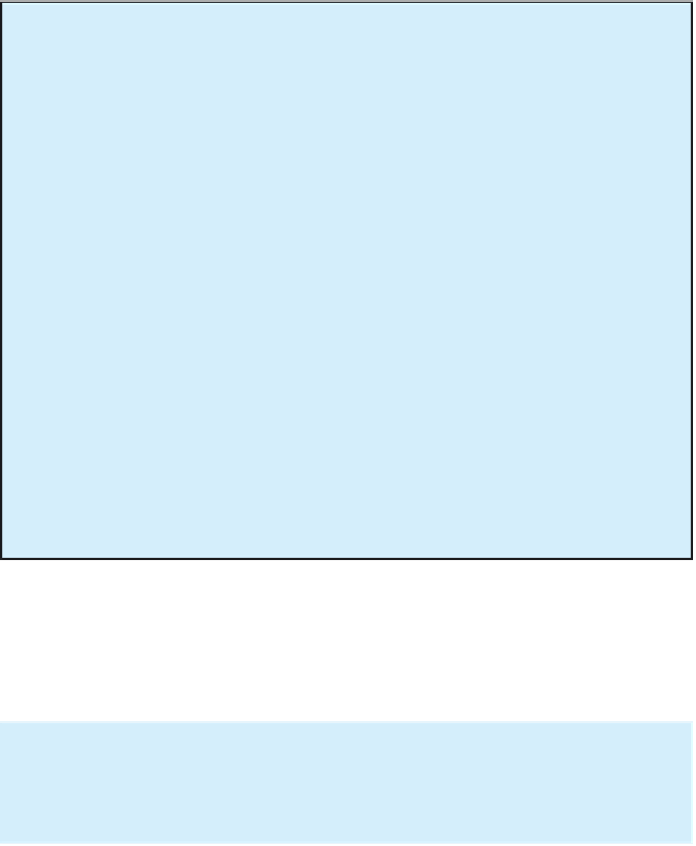Graphics Reference
In-Depth Information
Still Store
Any good color correction application or system should have some method of storing
and recalling visuals to which you can refer. There are a number of important ways to
use a still store. Several colorists grabbed stills throughout their corrections so that they
could judge whether the direction they were heading was improving the image. Others
grabbed stills of shots they were trying to match exactly or of scenes in which they were
trying to maintain continuity. Also, the still store can be used to maintain consistency
over long-form programs.
Learn to use the still store in your application using the keyboard shortcuts. Experi-
ment with ways to use your still store or reference images to improve your corrections. It
may seem like pulling these stills and referring to them will slow you down, but they can
keep you from straying too far down an unproductive path.
Also, as you see by the example of the colorists throughout the topic, you need to decide
in which cases you want to cut back and forth between the still store and the live image, or
whether you want to wipe between it and your working image. Some prefer one method
and some prefer the other, but most of them use both methods at one time or another.
DaVinci Resolve's Color screen, where most of the correction is done has a dedi-
cated area devoted to pulling stills and using them. Apple Color has an entire “room”
devoted to stills.
“So,” I ask Leffel, “Making a perfect match won't be possible in this
case because one or more of the color channels has either become clipped
or compressed in one area and not another?”
“Yes,” he responds. “So you have to say, 'I want to get as much as I can
get right.' Like this is already better, just to take that blue out of the black.”
There's going to be a trade-off of what compromises you're willing
to make in order to make most of the image feel good.
- Craig Leffel, Optimus
I ask him what he sees as the difference in the images. “It's mostly
red gamma. But if you start worrying about that particular detail, you're
going to lose the rest of it. It's more an overall perception thing. If you just
try and watch the whole image, not trying to see too many details, what
your eyeball is going to catch is the overall hue shift. Your eyeball is not
going to catch, necessarily, that change in the doorway.”
I ask Leffel to describe what he did as he cuts back and forth between
the corrected and uncorrected cool image. “I looked at that blue and said,
'Most of that is happening in the brightest parts of the picture or gain' and
I immediately tried to take out that blue tone and lean more towards the

Search WWH ::

Custom Search